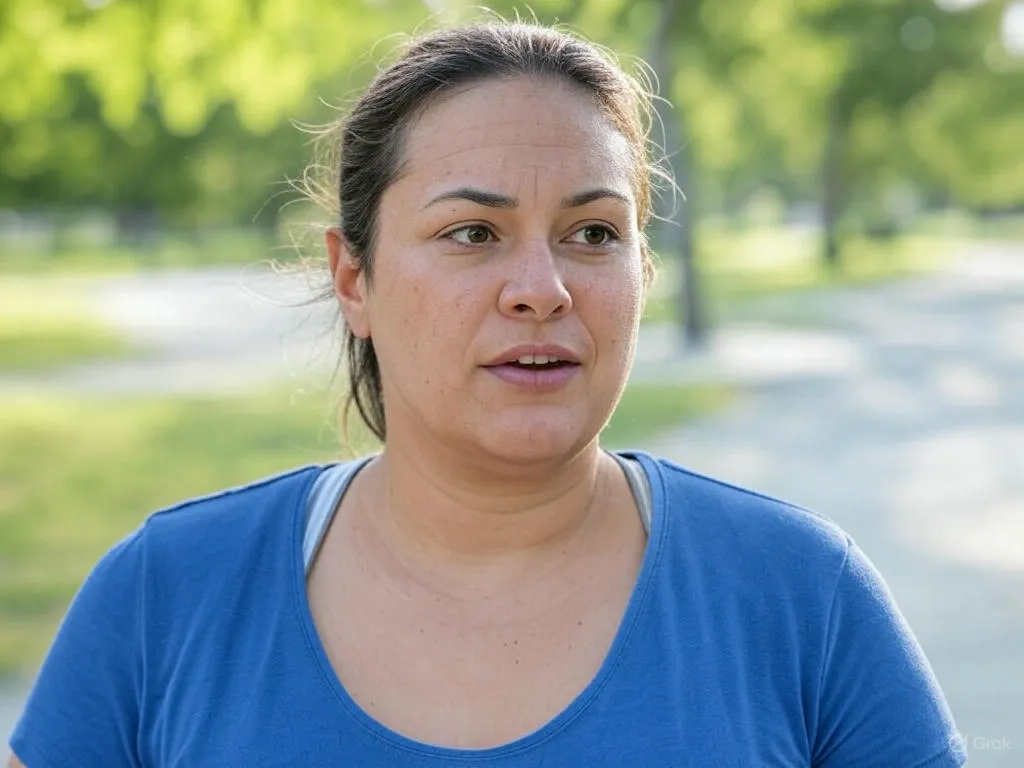
Achieving a healthy weight goes beyond just losing fat—it’s about making sustainable changes to improve overall well-being. Reducing Body Mass Index (BMI) safely requires a combination of balanced nutrition, regular physical activity, and long-term lifestyle adjustments.
Many weight loss methods promise quick results, but rapid weight loss can be unhealthy. The best approach is gradual, steady progress, ensuring that muscle mass is preserved while fat is reduced.
✔ Follow NHS-backed weight loss strategies to achieve and maintain a healthy BMI.
✔ Focus on balanced nutrition rather than extreme calorie restrictions.
✔ Incorporate exercise that fits your lifestyle for long-term success.
📌 Check Your BMI to Set Your Weight Loss Goals
What is a Healthy BMI for Weight Loss?
BMI is a widely used tool for determining whether a person’s weight falls within a healthy range.
| BMI Range | Weight Category | Health Risk |
|---|---|---|
| Below 18.5 | Underweight | Nutritional deficiencies, weakened immunity |
| 18.5 – 24.9 | Healthy Weight | Lowest health risk |
| 25 – 29.9 | Overweight | Increased risk of heart disease, diabetes |
| 30 and above | Obese | High risk of chronic conditions |
🔗 Use the NHS BMI Calculator to Check Your Weight Category
Losing weight safely means gradually lowering BMI into the healthy range while maintaining muscle mass and energy levels.
How to Lose Weight Safely & Reduce BMI
1. Set Realistic Weight Loss Goals
A safe and effective weight loss rate is 0.5–1 kg per week. This ensures fat loss while preserving muscle.
✔ Aim for a calorie deficit of 500–700 kcal per day to encourage steady weight loss.
✔ Track progress using BMI and body measurements rather than focusing solely on the scale.
✔ Set SMART goals—Specific, Measurable, Achievable, Relevant, and Time-bound.
🔗 How BMI Affects Health Risks
2. Eat a Balanced, Nutrient-Dense Diet
A calorie deficit does not mean deprivation. The focus should be on nutrient-rich foods that promote satiety and metabolism.
| Food Group | Best Choices for Weight Loss |
|---|---|
| Lean Proteins | Chicken, fish, tofu, eggs, beans |
| Fibre-Rich Carbs | Whole grains, oats, quinoa, lentils |
| Healthy Fats | Avocados, nuts, olive oil, seeds |
| Low-Calorie Vegetables | Spinach, broccoli, cauliflower, bell peppers |
| Hydrating Fruits | Berries, apples, oranges, watermelon |
✔ Prioritise protein intake to preserve muscle mass and enhance metabolism.
✔ Reduce processed foods high in sugar and unhealthy fats.
✔ Eat regular meals to maintain stable energy levels and prevent cravings.
📌 Explore NHS-Recommended Meal Plans
3. Incorporate Effective Exercise
Exercise plays a key role in burning calories, improving cardiovascular health, and preserving lean muscle mass.
Best Exercises for Weight Loss:
✔ Cardio Workouts: Walking, running, cycling, swimming.
✔ Strength Training: Weightlifting, resistance band exercises, bodyweight workouts.
✔ HIIT (High-Intensity Interval Training): Short bursts of high-intensity exercises to boost metabolism.
✔ Daily Movement: Taking the stairs, standing more, and staying active throughout the day.
🔗 Best NHS-Approved Exercises for a Healthy BMI
4. Manage Portion Sizes & Mindful Eating
✔ Use smaller plates to control portion sizes without feeling deprived.
✔ Eat slowly and listen to hunger cues to prevent overeating.
✔ Avoid eating in front of screens to stay mindful of food intake.
5. Stay Hydrated & Improve Digestion
✔ Drink 6–8 glasses of water daily to support metabolism and digestion.
✔ Reduce sugary drinks and replace them with herbal teas or infused water.
✔ Eat probiotic-rich foods like yoghurt and kimchi to improve gut health.
📌 Check Your Waist-to-Hip Ratio for a More Accurate Health Measure
6. Get Quality Sleep & Manage Stress
Lack of sleep and high stress levels can increase cortisol, leading to weight gain and difficulty losing fat.
✔ Aim for 7–9 hours of quality sleep per night.
✔ Practice stress-relieving activities like yoga, meditation, or deep breathing exercises.
Common Mistakes to Avoid When Losing Weight
✔ Skipping meals – This slows metabolism and increases cravings.
✔ Cutting out entire food groups – Balanced nutrition is key to long-term success.
✔ Over-exercising – Excessive workouts can lead to burnout and injury.
✔ Focusing only on the scale – Muscle gain may offset fat loss, so track BMI and waist measurements instead.
📌 How to Maintain a Healthy BMI Long-Term
Frequently Asked Questions (FAQs)
How many calories should I eat to lose weight?
✔ A safe calorie deficit is 500–700 kcal per day, depending on activity levels and metabolism.
What is the best exercise to reduce BMI?
✔ A combination of cardio, strength training, and daily movement helps reduce BMI effectively.
Can I lose weight without exercise?
✔ Yes, weight loss is mainly influenced by calorie intake, but exercise enhances fat loss and overall health.
📌 Use the NHS BMI Calculator to Track Your Progress
Key Takeaways
✔ Losing weight safely requires a gradual and sustainable approach.
✔ Focus on whole, nutrient-dense foods and portion control.
✔ Exercise regularly with a mix of cardio and strength training.
✔ Prioritise sleep, hydration, and stress management for long-term success.
📌 Start Your Healthy Weight Loss Journey Today
Related Guides & Resources
✔ What is BMI?
✔ NHS BMI Chart
✔ Waist-to-Hip Ratio Calculator
✔ NHS Weight Loss Plan




